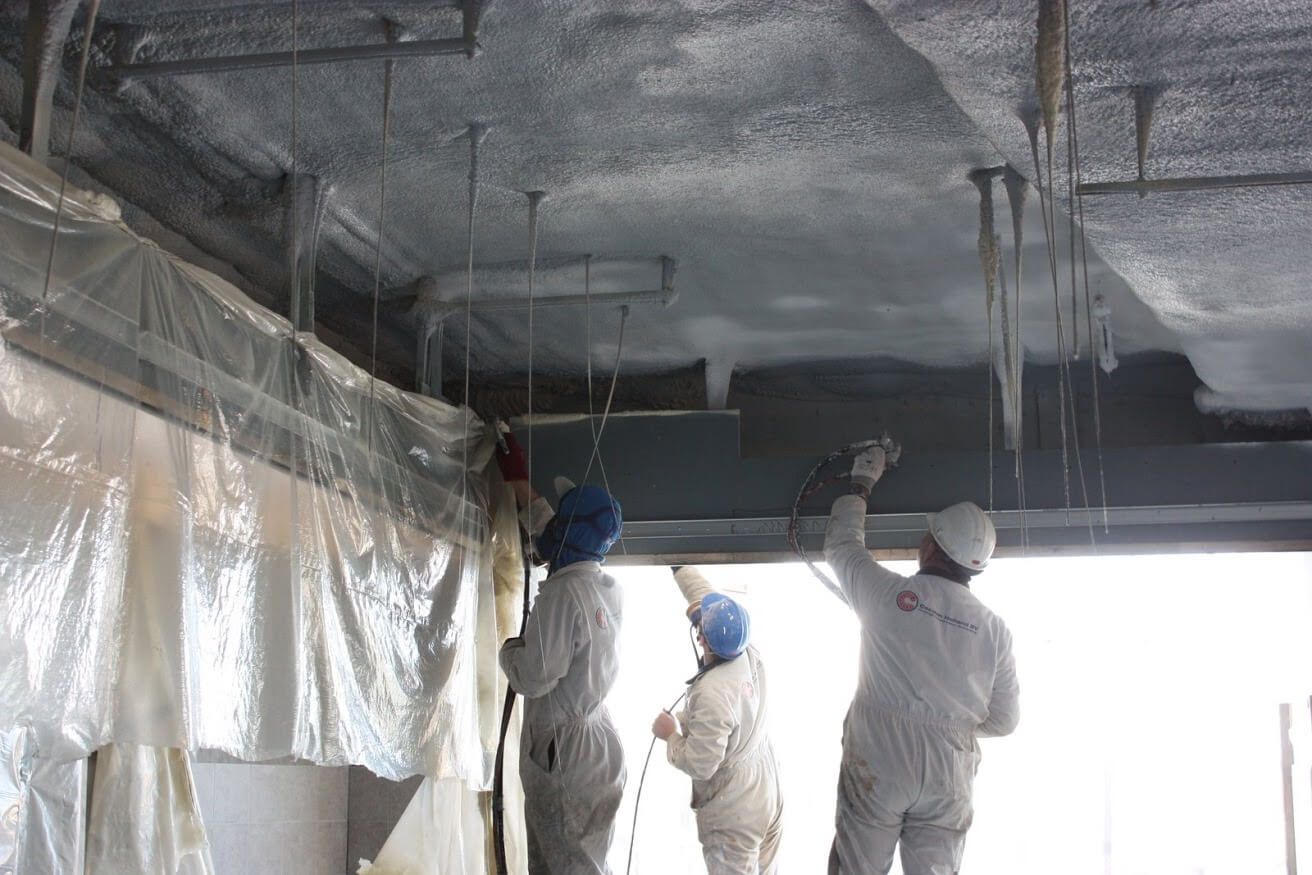Is your insulation system failing? Here’s how to tell before you find out too late.
How often do you think about the insulation in your facility? Not much, right? It’s one of those things that just works—until it doesn’t. But when it fails, the consequences can be costly and disruptive.
So how can you tell if your insulation system is starting to give out? Let’s dive in.
Insulation keeps temperature stable
Insulation is the unsung hero of any industrial facility. It keeps temperatures stable, energy costs down, and processes running smoothly.
But when it starts to fail, it doesn’t wave a red flag.
Instead, it quietly undermines the efficiency of your entire operation.
You might think, “A little wear and tear is normal, right?”
Sure, but if left unchecked, those small issues can snowball into major problems.
Imagine discovering that your insulation has been compromised only after you’ve seen a spike in energy costs, or worse, after a critical piece of equipment has been damaged.
The cost of replacing or repairing equipment isn’t just a budget line item—it’s time lost, safety compromised, and, often, production halted. And let’s not forget the impact on your facility’s energy efficiency.
Poor insulation covering leads to energy loss, which, in turn, drives up utility bills. If you’re a procurement officer, this is money that could have been better spent elsewhere.
The consequences of ignoring the warning signs
So, what are the signs that your insulation might be on its last legs?
Picture this: You walk into your facility and notice a small puddle of water near one of the pipes. No big deal, right? Just a bit of condensation.
But what if that’s actually a sign that your insulation is failing?
Moisture buildup is one of the first indicators that your insulation is no longer doing its job. When insulation degrades, it loses its ability to prevent condensation, leading to moisture problems. Over time, this can cause corrosion, mold growth, and even structural damage.
And the worst part?
By the time you notice the moisture, the damage has likely already begun.
Another red flag is inconsistent temperatures. If you notice that certain areas of your facility are hotter or colder than they should be, your insulation might be to blame.
When insulation deteriorates, it can no longer maintain the necessary temperature differentials, leading to inefficiencies in heating and cooling systems.
This not only affects the comfort of your workers but also the efficiency of your equipment.
Then there’s the telltale sign of rising energy costs. If your energy bills have been creeping up with no clear explanation, failing insulation could be the culprit.
As insulation breaks down, it becomes less effective at maintaining energy efficiency, forcing your systems to work harder and use more energy to achieve the same results.
So, do you keep an eye on these warning signs? Or do you wait until the problem becomes impossible to ignore, with all the costs and headaches that come with it?

Pro active steps you can take to spot insulation problems
- Start with regular inspections. Just as you wouldn’t skip a regular check-up for your health, don’t skip inspections for your insulation system. Look for signs of wear and tear, moisture buildup, and temperature inconsistencies. Don’t just rely on what you can see—use thermal imaging or infrared scanning to detect issues beneath the surface.
- Pay attention to your energy bills. A sudden increase in energy costs is often a sign that something isn’t right. If your bills are going up, but your usage hasn’t changed, it’s time to investigate. Compare current bills with past records to spot any unexplained spikes. If insulation failure is the cause, addressing it promptly can save you a lot of money down the line.
- Invest in quality insulation coverings. Not all insulation is created equal. Investing in high-quality insulation coverings can extend the life of your system and prevent many of the issues that lead to failure. Look for insulation materials that are designed to handle the specific conditions in your facility, whether that means resisting moisture, withstanding temperature extremes, or preventing corrosion.
- Lastly, don’t wait to replace failing insulation. If your inspections reveal problems, take action immediately. The cost of replacing insulation is minimal compared to the cost of repairing or replacing damaged equipment. And remember, better insulation doesn’t just protect your equipment—it also saves you money on energy costs and keeps your facility running smoothly.
Want to know more about this subject?
Feel free to read more about it via:
Contact us today to hire skilled insulation covering specialists and ensure your projects are handled with the utmost expertise and safety.
T: +31 (0)20 6867 808

Alexander van der Zee, owner Cocoon Holland B.V.


